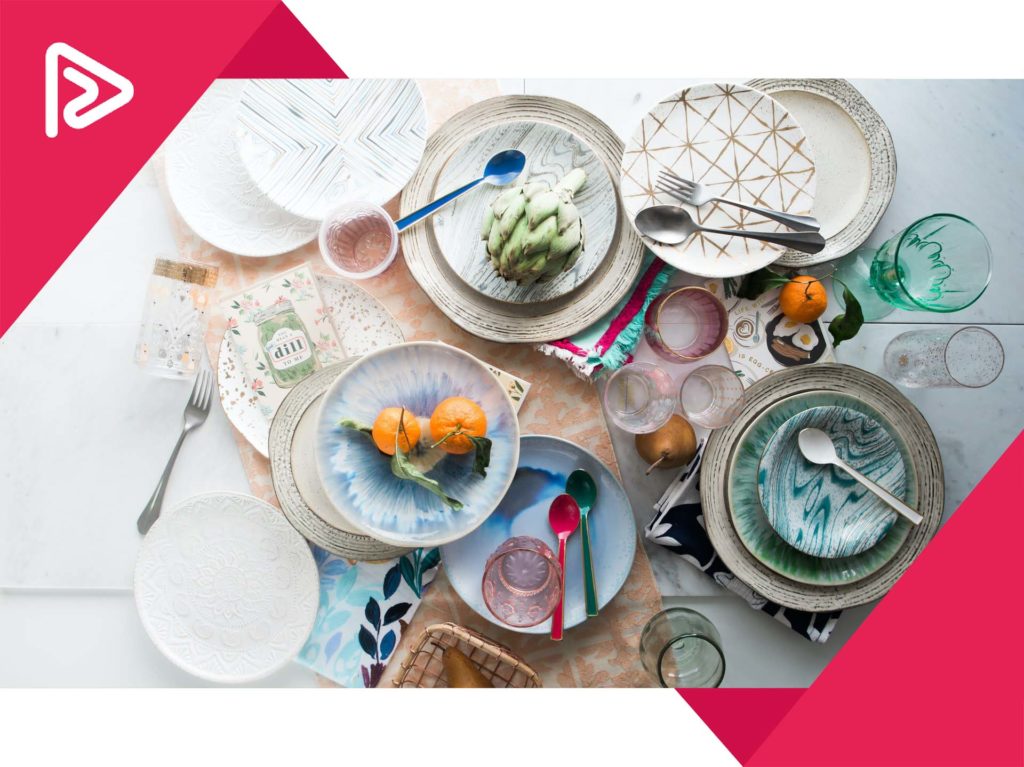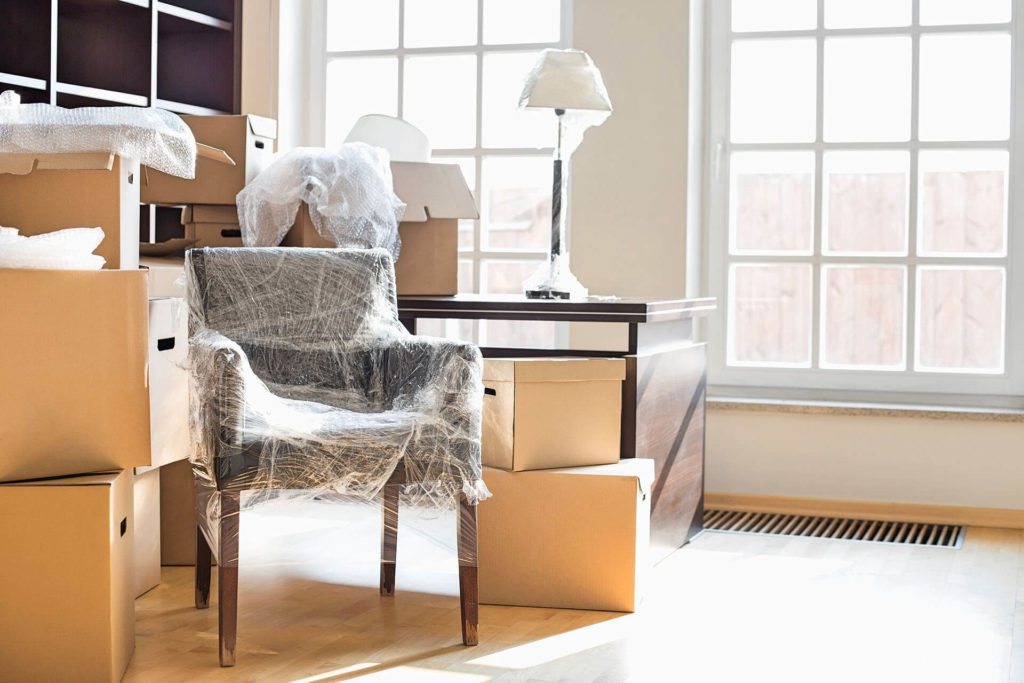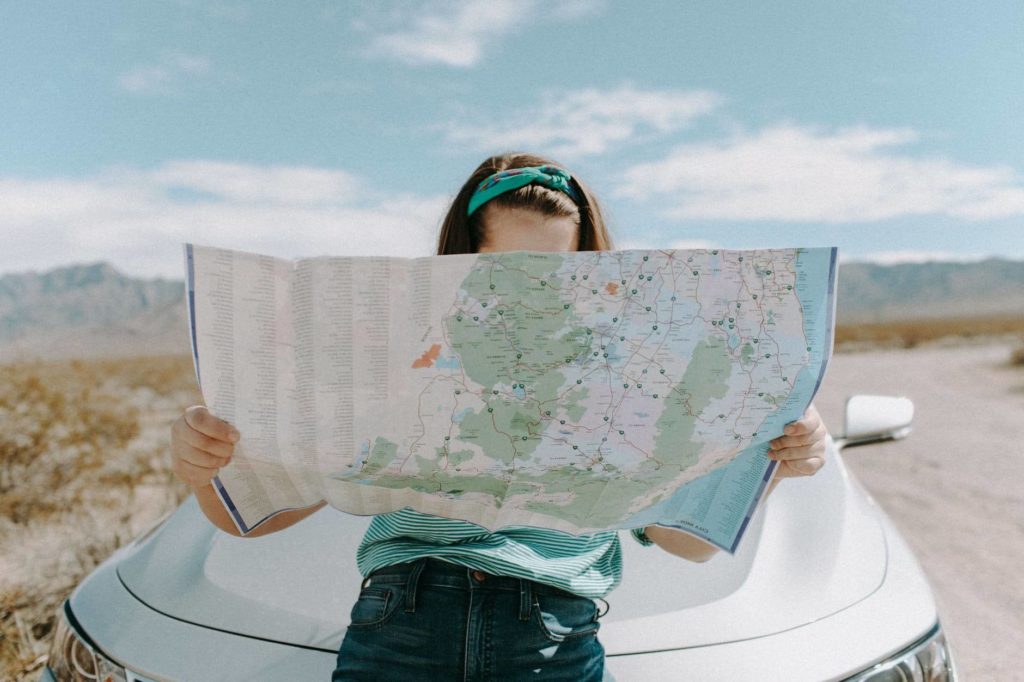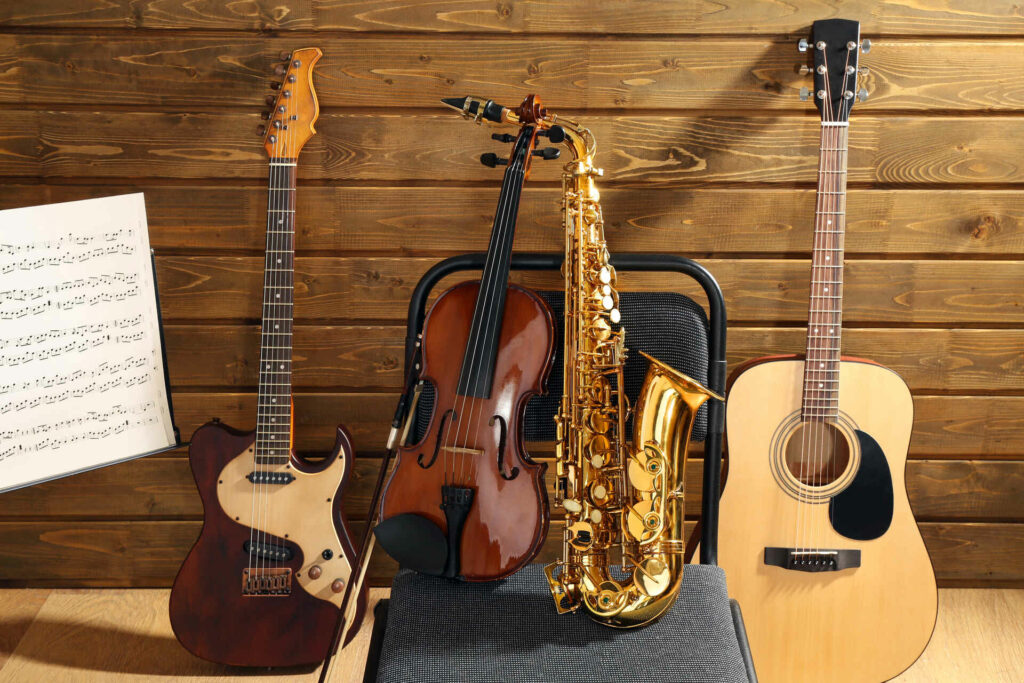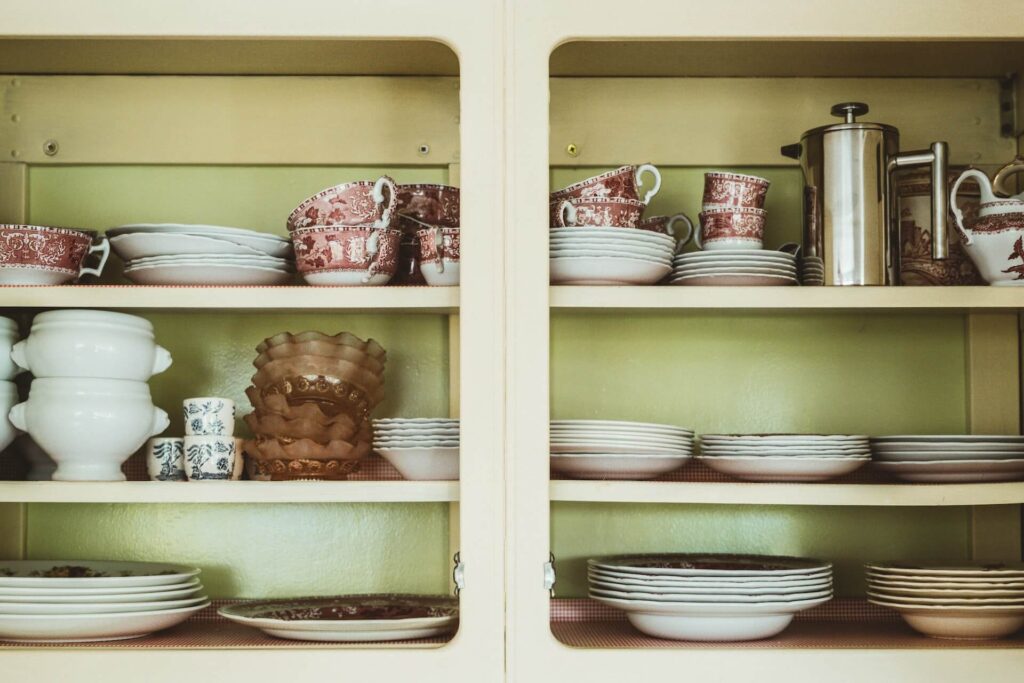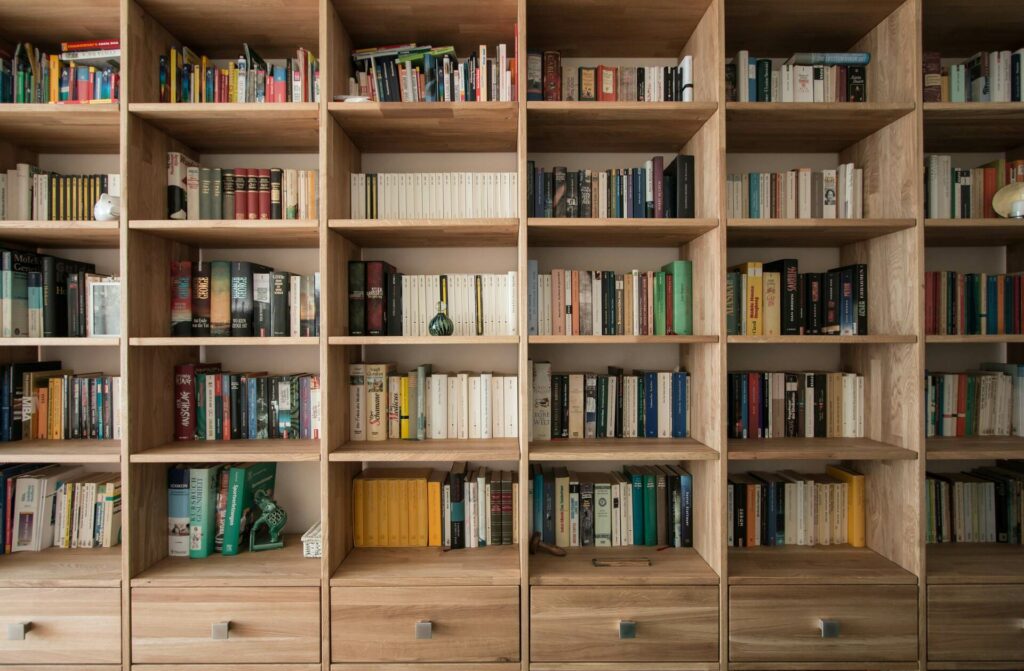Posted in
How-to, Moving Tips&Tricks
on February 26, 2021

Blake Shaw
Bostonian and residential moving and packing expert. Blake Shaw enjoys bar-hopping, music, and writing insightful content.
How to Pack Plates for Moving Long Distance So Nothing Breaks
Learning how to pack plates for moving will save you from unwanted trouble, such as collecting pieces of your broken dishes once you arrive at your destination. We have excellent tips you can use for packaging and securing your favorite breakables when relocating to another state. Take a look at what recommendations professional movers have for you.
Gather all the needed wrapping supplies for this task. Then proceed with applying some packing tips on how to keep your delicate kitchen items safe during transport. Wrap each plate individually in a layer of bubble wrap and then place them in a sturdy cardboard box. Make sure to fill any unused space with newspaper or foam packing peanuts so the plates don’t shift during transit.
First, You Need to Know What Should You Not Pack When Moving?
Before you start learning all the available packing tips, do a walk-through of your home and declutter. Decide what items you don’t need anymore and should get rid of, and don’t put them on your relocating to another state checklist. This will not only save you the time you would otherwise spend wrapping and protecting those items, but it will also save you money. The less stuff you’re relocating, the lower the cost of the move will be.
Separate the items you won’t move and decide what to do with them. If they’re in good condition, you can donate or sell them online. If not, it’s best just to throw them away. This will also help you with creating a new apartment checklist because you’ll know what you’ve got rid of and what you have to buy.
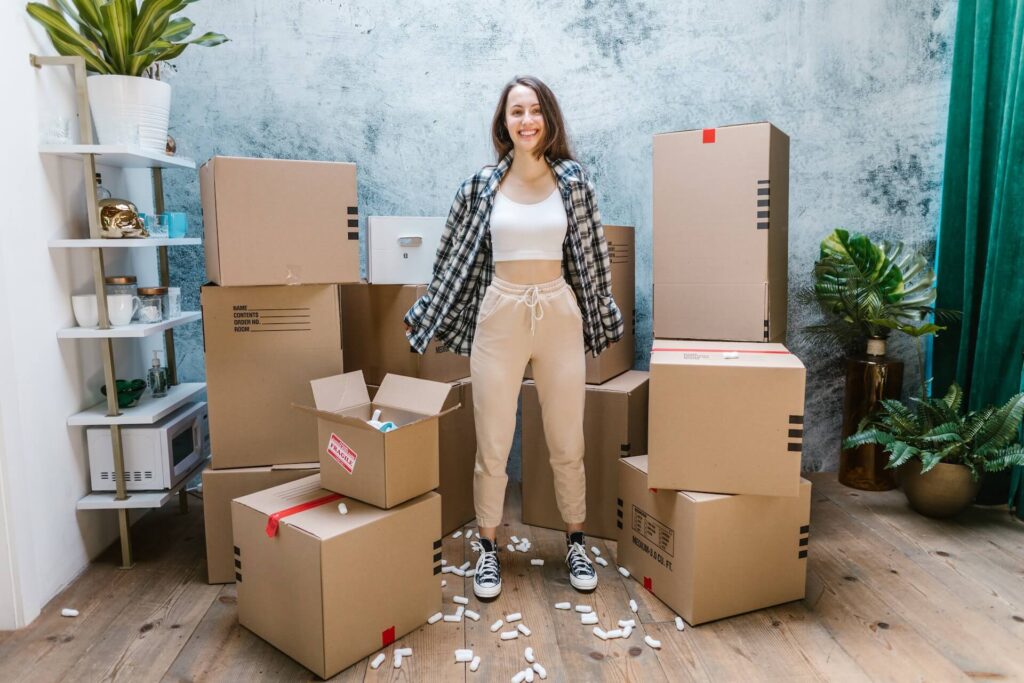
Don’t forget to purge before starting to learn how to package your things
Get All the Packing Supplies to Keep Your Dishes Whole
When it comes to figuring out how to pack fragile items, one of the vital things is to have the best materials for packing dishes. You should invest in high-quality supplies and make sure you have more than enough. Do the math – count how many dishes you’re packaging, and buy:
- Cardboard boxes,
- Dish boxes,
- Packing paper,
- Bubble wrap,
- Tape,
- Permanent marker,
- “Fragile” and “this side up” stickers.
It’s essential to have different wrapping supplies because you surely want to have your dishes transported in one piece. All without any damage to your new home, right? Having enough packing paper, bubble wrap, and other materials surely will do it efficiently.
Don’t Use Newspaper, or You’ll Probably Have Some Cleaning to Do Afterward
Newspapers are a cheap version of packing paper, and many people use them as a cheap alternative. The truth is that they aren’t really alternatives. Newspapers are dirty, and they might leave stains on your dishes. We believe that the last thing you want to do when you arrive in a new home is to wash each dish again when unpacking, so it’s best to avoid newspapers.
How Do You Pack Dishes Without Papers?
Possible alternatives for the paper are soft clothes or other cotton pieces, such as clothes or towels. Bubble wrap is another answer. If you were wondering How do you pack dishes for moving with bubble wrap, the method is the same as with papers or towels. Just pay attention to which side of the bubble wrap you are facing toward the object. Bubbles should be on the item, and the flat side should go on the outside.
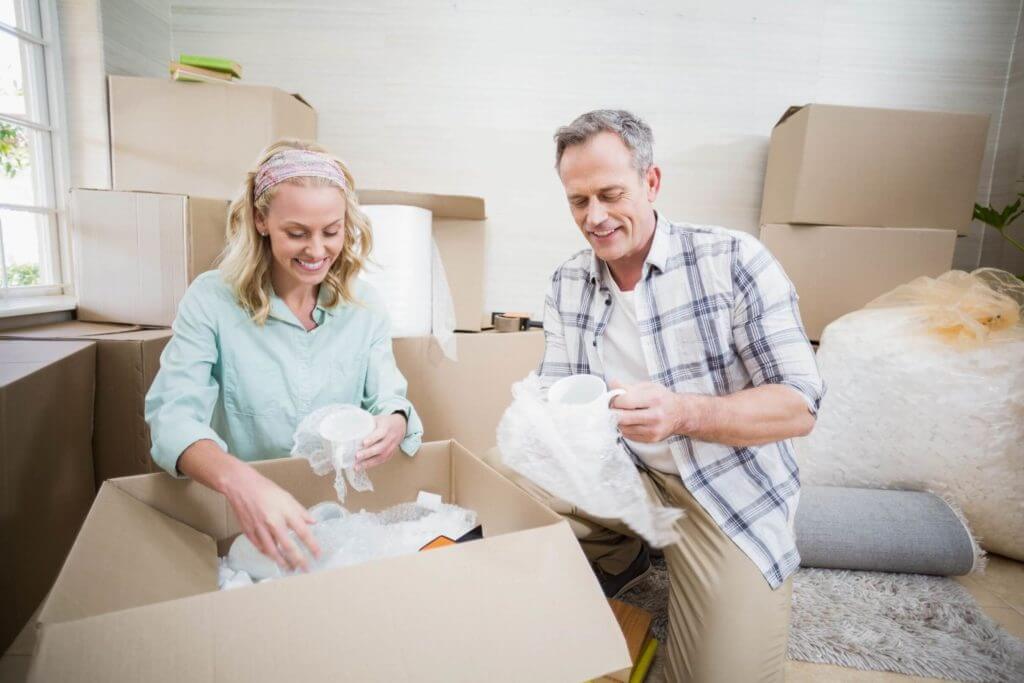
Place anything soft that will prevent the contents of a package to rub against one another and to move around
Start Learning How to Pack Plates for Moving With the Ones You Rarely Use
Starting to package on time is one of the very useful relocation hacks you can implement. There is always some stuff around your house that you don’t use every day. You can wrap them and put them away, even if your relocation day isn’t anywhere near. This can be your china, some decorative dishes, or you can pack pots and pans that you won’t be using.
This also applies to all other household items. Go ahead and pack shoes for relocation or your off-season clothes. As the day of the move approaches, you will have less and less work to do because you already did it on time.
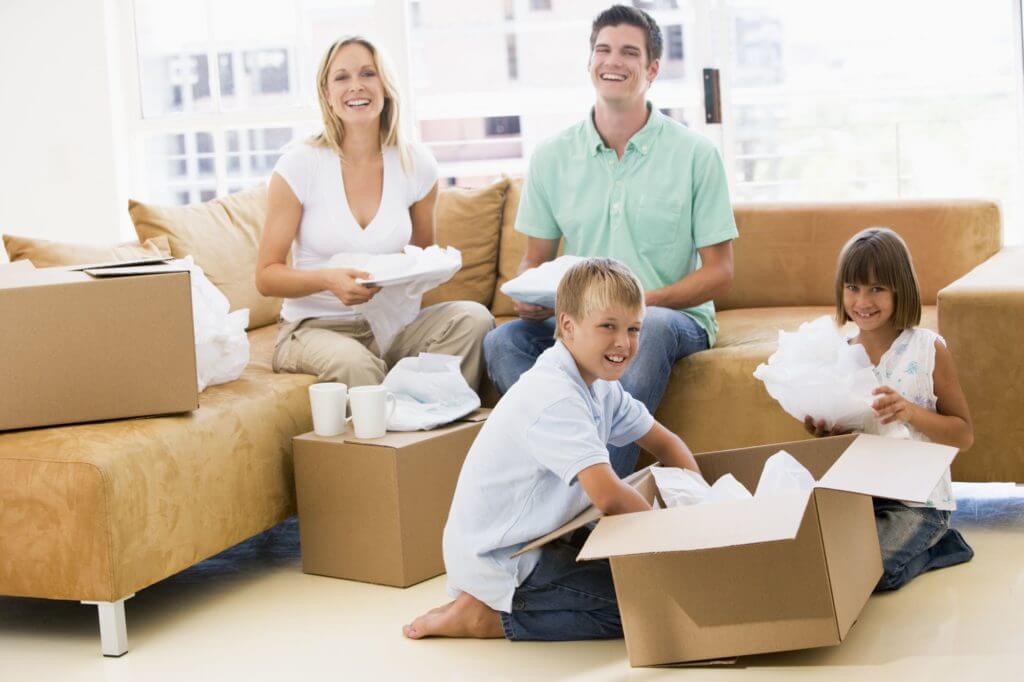
Make packaging a fun event for the whole family and give your kids some tasks to help you out
One of the Crucial Tips Is to Use Small and Medium-Sized Boxes
Delicate items must be packed in smaller or medium-sized packages. Why is that? If you put something breakable into a big box and fill it to the top, the items inside won’t be safe. Big boxes are heavy to carry, and if they rip open, all of the dishes will fall straight out and break. For example, if you decide to pack glasses inside one big package, it will be very difficult to carry them. Even a minor inconvenience could cause some damage.
However, if you let our Long-Distance Movers take care of the packing process, you surely won’t be dealing with similar problems. In fact, our white glove moving company can offer you a full packing option and take care of your entire relocation inventory.
If You’ve Got Used Boxes, Make Them Harder and Sturdier
If your budget doesn’t allow purchasing brand-new supplies, you can get used packaging materials. Don’t forget to inspect each package carefully. In this case, you might end up with a box that has thinner walls, holes, or bad glue on the tape. You can take additional pieces of cardboard and tape them on the bottom and walls. Take some more packing tape and cover the whole box if necessary.
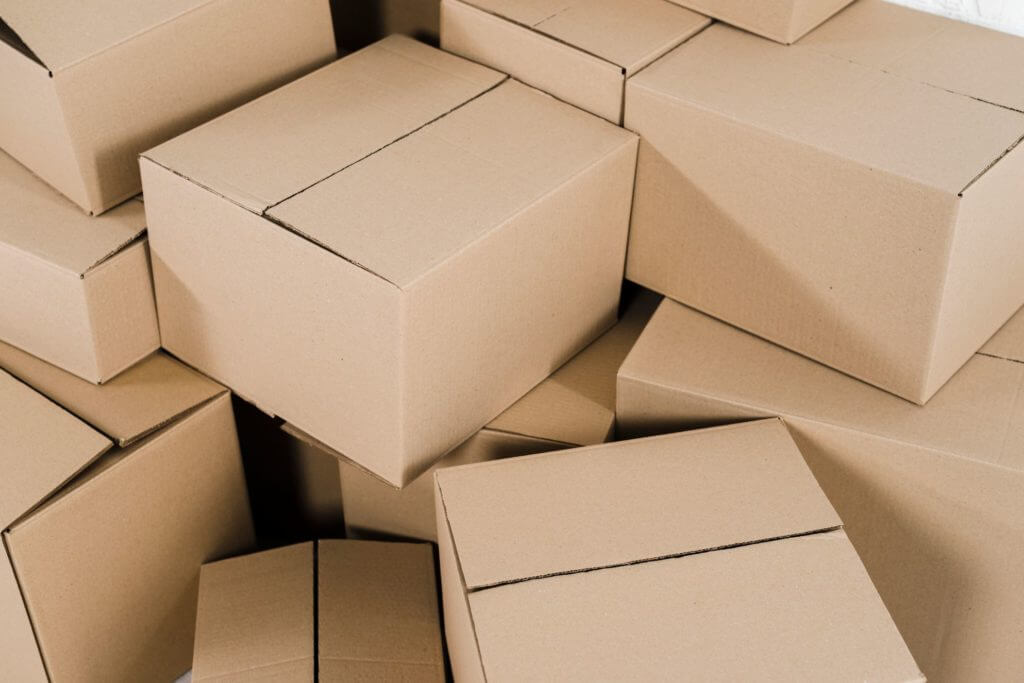
Be sure that the packages are firm and sturdy
Start With Padding the Bottom of the Box
At this moment, the package is checked and well-taped. It’s time to make a soft cushion at the bottom of the package you chose for your plates. You can do that by crumpling papers and putting them on the bottom or placing something soft like a blanket or a sweater. It needs to be thick enough to prevent any damage that could happen if the package full of plates wasn’t placed gently enough on the ground.
It’s Time to Protect Each Plate – Here’s the Best Way to Pack Plates
Clear the table and put the plates on it. Take your sheets of paper and lay them on a clean and hard surface. Put a plate in the middle of the stacked papers, take two or three sheets, and fold the corner of the paper.
Then, place another plate on top of that and fold it from the same corner. Do it one more time, and then fold the sheets from the other three corners, creating a big package. Tape it, so nothing moves, and cover the package in bubble wrap or in a towel or cloth.
Auto Transport
Move your car across the country in an open or enclosed trailer – for an affordable fee. We offer car transport as a standalone service, but you can bundle it with your household move and get a hefty discount.
Learn more
Learn more
Storage Services
Our spacious climate-controlled units will protect your things until the drop-off. No need to worry about them because all items are labeled and secure, and each customer gets a dedicated unit mixup isn’t possible.
Learn more
Learn more
One of the Most Important Things When Learning How to Pack Plates for Moving Is to Stack Them Vertically in the Box
The method is the same as putting your plates in the dishwasher. Stack them next to one another vertically, and fill the box so that there’s no more space inside. Make sure that it doesn’t become too heavy. Take more crumpled packing paper to fill out any gaps that were left.
Create another cushion from soft materials and place it on the top. There must be that safe zone between the dish and the cardboard – otherwise, your belongings might be at risk.
Tape the Box After Packing Plates for Moving
Now that it’s all set, you can lift the package and shake it lightly to see if there’s any space left, and you can hear any clinging. Each part of the plate should be protected, and everything should stay as you’ve put it. Only after that, you can close the flaps and tape the box well.
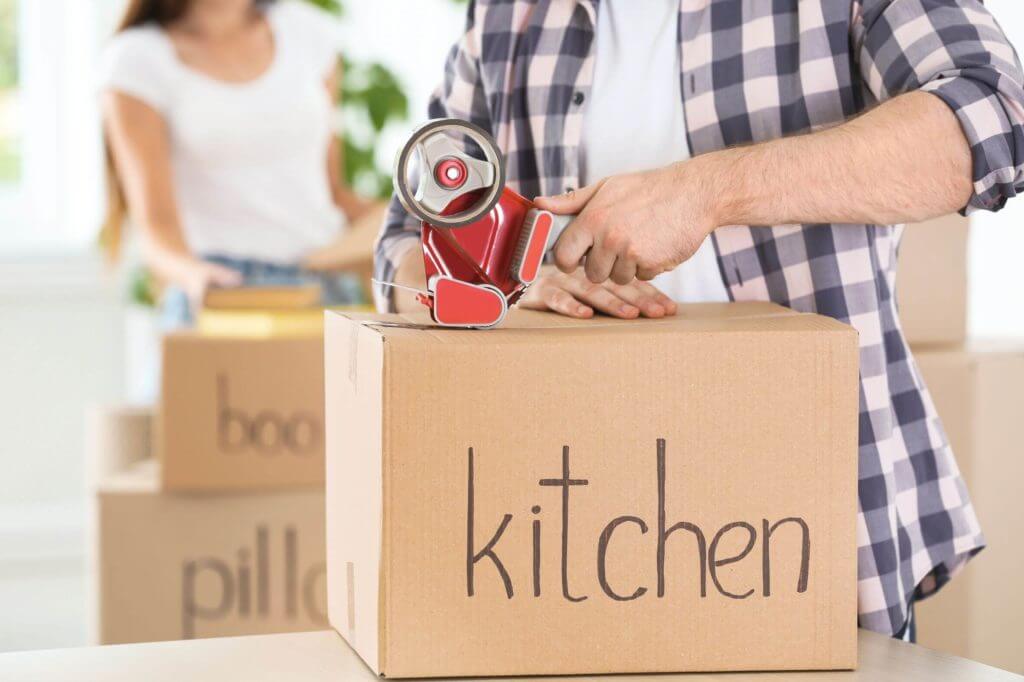
Don’t save on the tape - use it generously
Put Similar Objects Together to Avoid Any Possible Damage
Don’t forget that you shouldn’t put all fragile stuff together when cross-country moving if they’re differently shaped, and some are more delicate than others. No matter how well you wrap them, they still might bump into each other and get chipped or broken. It’s best to sort your possessions by size and delicacy and package them that way.

Keep your things safe and separate each dish when packaging
How to Pack Plates for Shipping – Include Labeling as a Lifesaver
Another crucial step in figuring out how to proceed with packing plates for shipping is to label the package properly so that it’s visible from all sides that it contains something fragile. It’s not like you’re moving a piano, and it’s obvious that the item is delicate. With cardboard packages, it can be very tricky to leave them unlabeled.
Even with all the proper covering and protection, the contents of a package will get damaged if there’s no label that says “Fragile” or “This side up”. No matter if you’re relocating to another state alone and handling the move by yourself, or you’ve hired long-distance movers to give you a helping hand with white glove moving service, it must be clear that the package contains breakable objects.
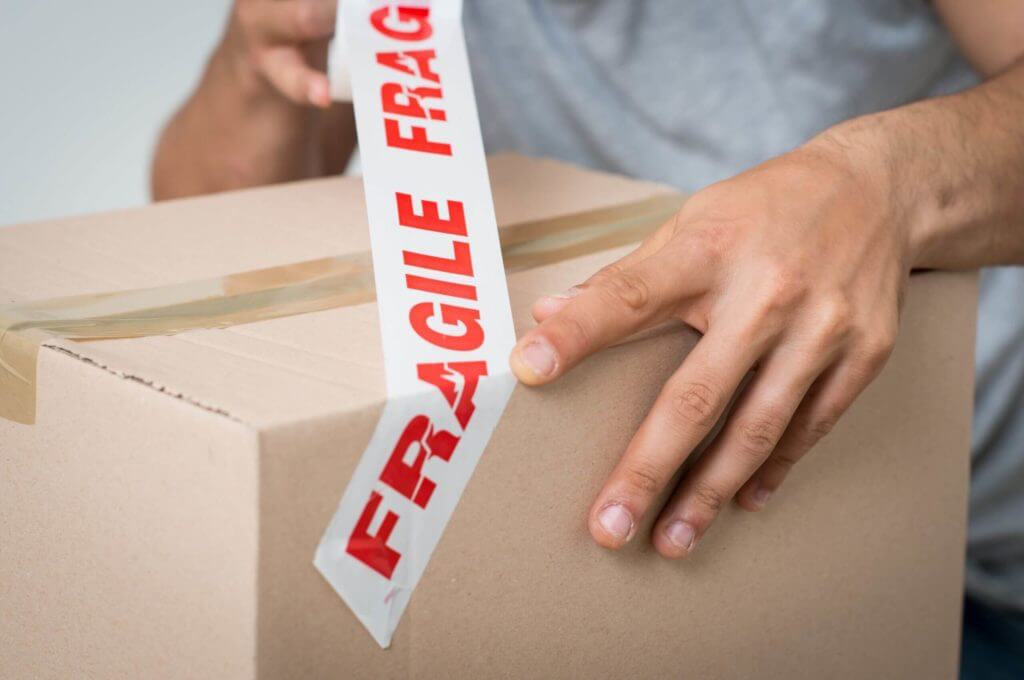
Label your packages and carry them carefully
A Reputable Long-Distance Moving Company Can Do All of This for You
When the moment comes to worry about how to get a job in a new city and what you need to rent an apartment, the last thing you will have time for is worrying about your fragile belongings. If you see that you won’t have enough time to learn all the hacks, buy the materials, and package everything, there is an amazing solution.
Getting long-distance moving services from a reputable and professional cross-country moving company will be a huge relief, no matter what are your reasons to move.
Hire Cross Country Movers That Have All the Long-Distance Moving Services You Need
Long-distance moving usually means that you have to find help with more services than just that one. Once you hire professional white glove movers, you will also be able to use their other options. They can provide you with high-quality boxes and packing supplies and with packing service for all of your household things, including fragile ones.
This is probably the safest way to move anything delicate and that’s why you shouldn’t wait any longer to contact our Long-Distance Movers and check out the white glove moving services we offer. It’s good to know that there is someone trustworthy to take care of these things.
Frequently Asked Questions About How to Pack Plates for Moving Long Distance So Nothing Breaks
What materials do I need to pack plates for moving?
The materials you need for this job include packing paper, padding material such as bubble wrap or foam pads, sturdy boxes, and packing tape. You should also have some extra protection like newspaper or towels in case of breakage. Additionally, it is a good idea to label the boxes so you know which ones contain your dishes.
How should I prepare the plates for packing?
Protecting plates for shipping means you need to ensure they are secured and protected from potential damage. You should wrap each plate individually in bubble wrap or foam padding and then place them into a sturdy box that is large enough to allow for at least two inches of extra space between the items.
Is it better to wrap each plate individually or stack them together?
It is generally better to wrap each plate individually. Stacking plates together can cause damage and make them difficult to transport without them being broken.
How many plates can I safely stack in one box?
The number of plates you can safely stack in one box depends on the size and weight of the plates. However, you need to pay attention when stacking the plates and make sure that they are securely held in place so they don’t shift during shipping or storage.
Can I use newspaper to wrap my plates for moving or should I use something else?
It’s best to avoid the newspaper. Newspaper ink can rub off onto the plates and make them very dirty. Additionally, the paper is not strong enough to protect your dishes from bumping against each other or breaking during transport.
How can I prevent my plates from breaking during the move?
To prevent plates from breaking during the move, you should use bubble wrap or packing paper to cushion them in boxes. Also, ensure to wrap each plate individually, and fill any empty space inside the box with packing materials like foam peanuts or newspaper to keep everything secure.
Is it okay to pack dishes vertically or should they be packed horizontally?
It is better to pack dishes horizontally, as this will help prevent them from shifting or shifting and breaking during transport. Vertical packing can be done, but the items should be carefully secured to ensure that they don’t move around.
Can I pack plates and bowls together or should they be packed separately?
Plates and bowls can be packed together, but it is best to wrap them individually in paper or bubble wrap for better protection. Separating each item will help prevent them from shifting during transit and minimize the risk of chipping or breaking.
How should I label the boxes containing my plates to ensure they stay organized during the move?
The best way to label the boxes containing your plates is to clearly write “Plates” on each box beside the “Fragile” labels. Additionally, you could number each box and make a list of what items are in each one, so that it will be easier to locate them when you arrive at your new home.
Do I need to use special packing materials for fragile plates?
Yes, it is important to use special packing materials for fragile plates. Depending on the type of plate and its fragility, you may need to use bubble wrap, styrofoam sheets, or other types of shock-absorbent materials.

